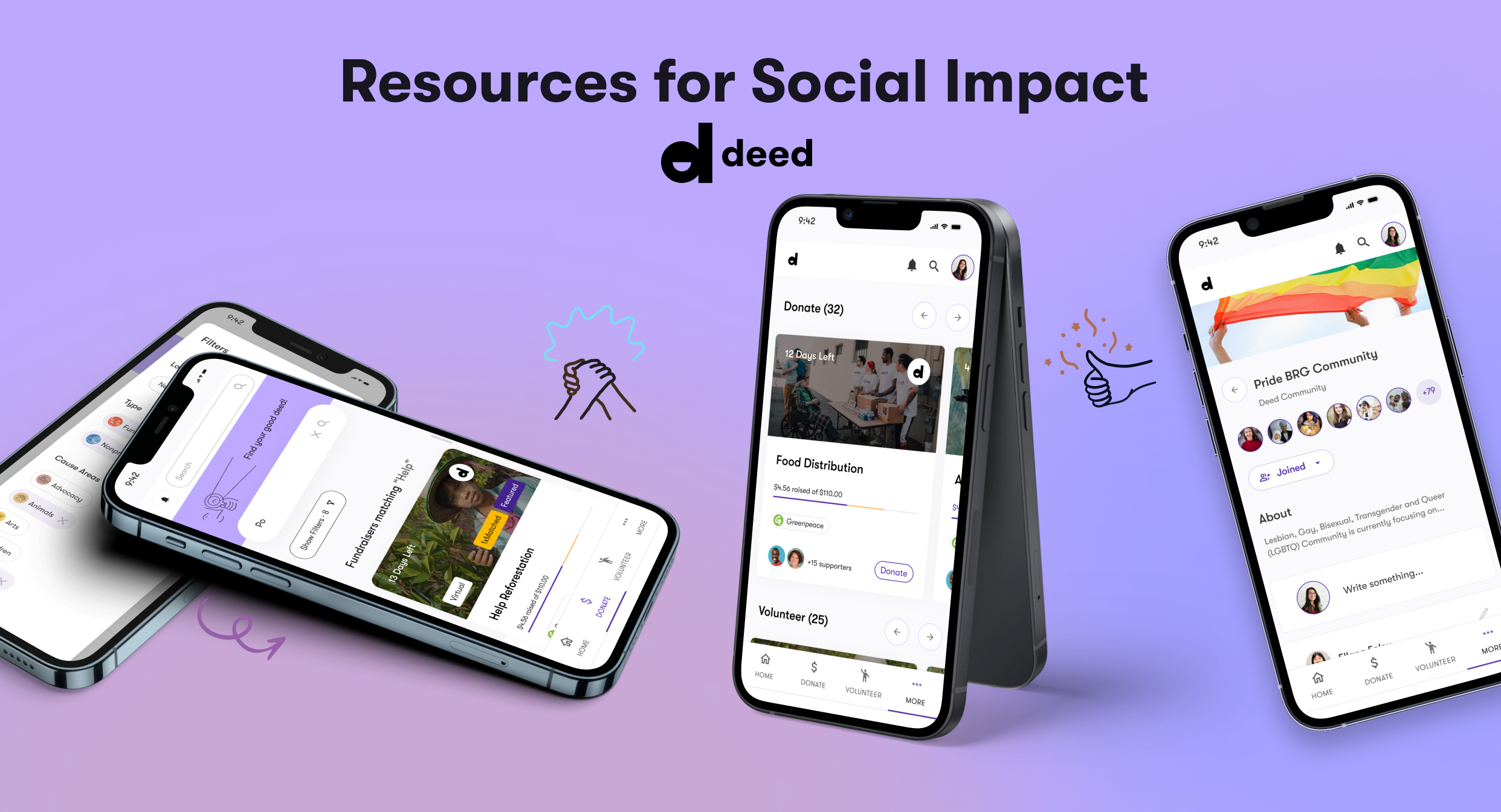[Social Impact 101] A Tale of Two Companies: Comparing Employee Engagement at Fortune 500 Companies
Employee engagement is a critical factor for the success of any business, as it can lead to increased productivity, higher customer satisfaction, and greater profitability. However, not all companies are equally successful at engaging their employees. In this article, we will compare the employee engagement strategies of two Fortune 500 companies: Company A and Company B.
Company A is a large multinational corporation with a diverse workforce, while Company B is a smaller, more focused company that specializes in a particular industry. Despite their differences, both companies place a high priority on employee engagement and have developed unique strategies to keep their employees motivated and engaged.
At Company A, employee engagement is seen as a crucial component of the company's culture. The company has a comprehensive employee engagement program that includes regular training sessions, employee recognition programs, and opportunities for professional development. Additionally, the company has a robust employee feedback program that allows employees to provide feedback on their work environment and suggest improvements.
On the other hand, Company B takes a more individualized approach to employee engagement. The company recognizes that each employee is unique and has different needs and preferences when it comes to engagement. Therefore, the company provides employees with personalized engagement plans that are tailored to their individual interests and goals. This approach allows the company to create a more engaged workforce that is motivated to perform at their best.
Both companies have found success with their employee engagement strategies. Company A has seen improvements in employee retention rates and has received positive feedback from employees regarding the effectiveness of the company's engagement program. Similarly, Company B has seen an increase in productivity and job satisfaction among its employees.
However, there are also some challenges associated with these approaches. For Company A, the challenge lies in keeping the engagement program relevant and engaging over time. As employees become accustomed to the program, they may become less interested and engaged. To overcome this challenge, the company regularly updates and improves its engagement program to ensure that it remains fresh and engaging.
For Company B, the challenge is in ensuring that each employee's engagement plan is aligned with the company's overall goals and objectives. While personalized engagement plans can be effective in keeping employees engaged, they can also be time-consuming and difficult to manage. To overcome this challenge, the company has implemented a rigorous process for creating and managing employee engagement plans, which includes regular check-ins and evaluations.
In conclusion, employee engagement is an essential element of any successful business. Whether a company takes a comprehensive approach like Company A or a more individualized approach like Company B, the key is to develop a strategy that is tailored to the unique needs and preferences of the workforce. By doing so, companies can create a more engaged, motivated, and productive workforce that is committed to the success of the organization.


